If you're searching for fajita seasoning, you likely want to know what's actually in it and how to make the best version at home. Here's the quick answer: the perfect homemade fajita seasoning combines 3 tablespoons paprika, 1 tablespoon cumin, 1 tablespoon chili powder, 2 teaspoons garlic powder, 2 teaspoons onion powder, 1 teaspoon black pepper, 1 teaspoon Mexican oregano, and 1½ teaspoons salt. This simple blend creates restaurant-quality fajitas without preservatives or fillers found in store-bought versions.
This guide delivers exactly what home cooks need: a proven recipe you can make in 5 minutes, clear explanations of each ingredient's role, and practical tips for maximizing flavor. You'll learn how to avoid common mistakes, customize heat levels, and use the seasoning properly for juicy, flavorful fajitas every time—no chemistry degree required.
Table of Contents
- The Real Story Behind Fajitas
- Simple Homemade Fajita Seasoning Recipe
- What's Really in Fajita Seasoning (And Why It Matters)
- Store-Bought vs Homemade: What You're Really Paying For
- Proven Usage Tips for Perfect Fajitas
- Easy Customizations for Your Taste
- How to Store for Maximum Freshness
- Frequently Asked Questions
The Real Story Behind Fajitas
Fajitas originated with South Texas ranch workers who used skirt steak—a cut previously considered waste. The name comes from "faja" (Spanish for belt), describing the meat's shape. Traditional fajitas relied on simple grilling techniques rather than complex spice blends. Modern seasoning mixes emerged as commercial products adapted this concept for home cooks.
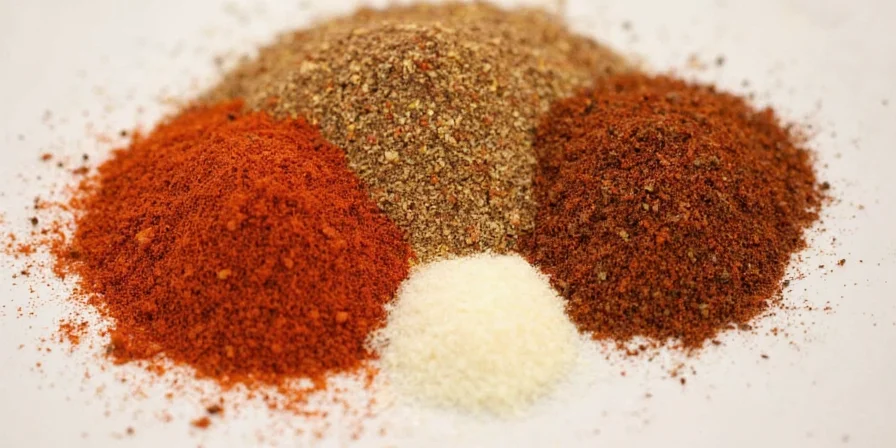
This history shows how a simple, resourceful meal became a restaurant favorite—and why understanding the seasoning is key to authentic results.
Simple Homemade Fajita Seasoning Recipe
Make this better-than-store-bought blend in 5 minutes with pantry staples:
Perfect Homemade Fajita Seasoning
Makes: ¼ cup (enough for 4 servings)
Ingredients
- 3 tablespoons paprika (smoked for extra depth)
- 1 tablespoon ground cumin
- 1 tablespoon chili powder
- 2 teaspoons garlic powder
- 2 teaspoons onion powder
- 1 teaspoon freshly cracked black pepper
- 1 teaspoon Mexican oregano
- 1½ teaspoons fine sea salt
Instructions
- Combine all ingredients in a small bowl
- Whisk thoroughly for 1 minute to ensure even distribution
- Store in an airtight container away from light
- To use: Apply 2 tablespoons per pound of meat before cooking
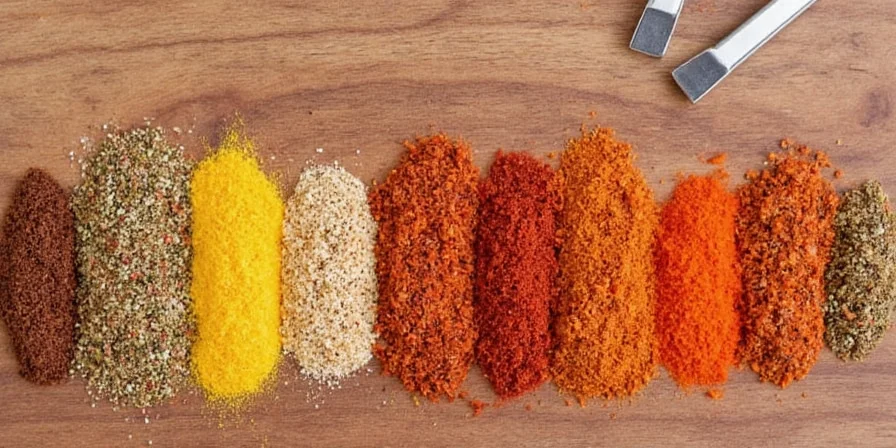
What's Really in Fajita Seasoning (And Why It Matters)
Understanding each component helps you customize the perfect blend:
- Paprika: Provides rich color and mild sweetness (use smoked paprika for authentic flavor)
- Cumin: Creates the signature earthy base note
- Chili Powder: Delivers gentle heat (adjust amount for your spice preference)
- Garlic & Onion Powder: Add savory depth without burning
- Black Pepper: Enhances other flavors (freshly cracked works best)
- Mexican Oregano: More citrusy than regular oregano, essential for authentic taste
- Salt: Crucial for flavor development (fine salt blends more evenly)
Store-Bought vs Homemade: What You're Really Paying For
| Factor | Store-Bought Blends | Homemade Blend |
|---|---|---|
| Price per Use | $0.50 per meal | $0.15 per meal |
| Ingredients | "Spices," "natural flavors," anti-caking agents | Simple, recognizable spices |
| Flavor Quality | Muted (due to old spices) | Bright, fresh taste |
| Customization | Fixed formula | Adjust heat/salt to taste |
| Shelf Life | 6 months (often stale sooner) | 6 months (if properly stored) |
Proven Usage Tips for Perfect Fajitas
Follow these chef-tested methods for restaurant-quality results:
- Apply to dry meat: Pat proteins dry before seasoning for better adhesion
- Oil first, then season: Lightly coat meat with oil before applying seasoning
- Marinate 30 minutes: Enough time for flavors to penetrate without breaking down proteins
- Cook hot and fast: Use high heat (400°F/204°C) for proper searing
- Add acid after cooking: Squeeze fresh lime juice on finished fajitas for brightness
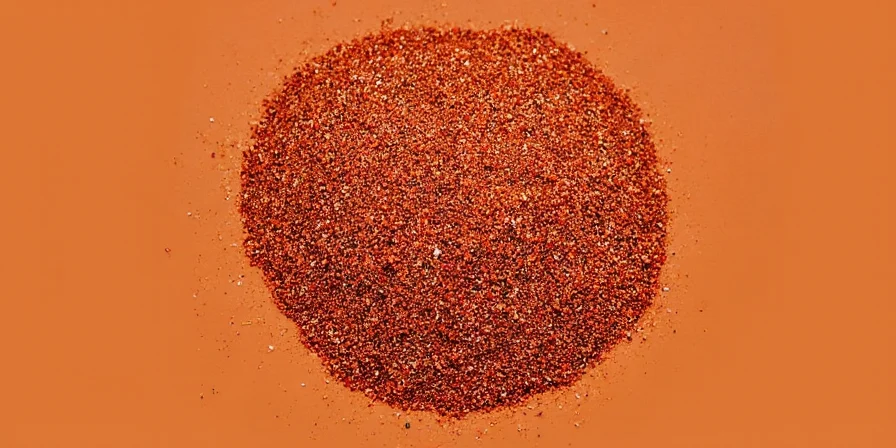
Easy Customizations for Your Taste
Make this blend your own with these simple adjustments:
- Milder version: Reduce chili powder to 2 teaspoons, add 1 teaspoon sweet paprika
- Spicier kick: Add ½ teaspoon cayenne or chipotle powder
- Restaurant-style: Include 1 teaspoon cornstarch (helps create that charred crust)
- For vegetables: Increase oregano to 1½ teaspoons, reduce salt by ¼ teaspoon
- Smoky variation: Use 2 tablespoons smoked paprika, 1 tablespoon regular
How to Store for Maximum Freshness
Keep your seasoning tasting fresh with these storage tips:
- Use airtight glass container (plastic can absorb flavors)
- Store in cool, dark place (not above the stove!)
- Add a silica packet to prevent clumping
- Label with date—best used within 6 months
- Make small batches for peak freshness
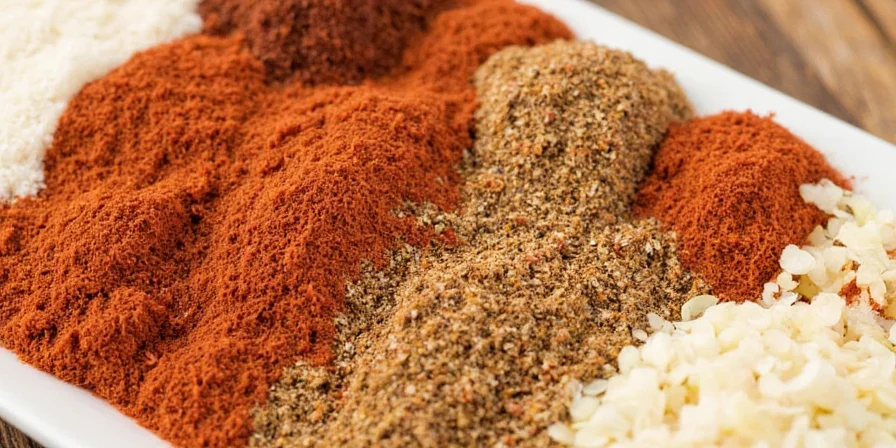
Frequently Asked Questions
What's the difference between fajita seasoning and taco seasoning?
Fajita seasoning contains more black pepper and less cumin than taco seasoning, creating a brighter profile that complements grilled meats. Taco seasoning typically has more oregano and cumin for ground meat dishes.
Can I make fajita seasoning without Mexican oregano?
Yes—regular oregano works in a pinch, but Mexican oregano has a more citrusy flavor that's authentic to fajitas. If substituting, use ¾ teaspoon regular oregano plus a pinch of dried thyme.
Why does my homemade seasoning clump?
Humidity causes clumping. Add 1 teaspoon of uncooked rice or a silica packet to your container to absorb moisture. Always measure spices with completely dry spoons.
How much seasoning should I use per pound of meat?
Use 2 tablespoons of seasoning per pound of meat. For vegetables, use 1-1½ tablespoons per pound since they absorb flavors more readily.
Can I use fresh garlic and onion instead of powder?
For seasoning blends, powders work best as they distribute evenly. If using fresh, sauté with your meat rather than mixing into the dry seasoning to prevent spoilage.
Final Thoughts: Better Fajitas Start Here
The secret to perfect fajitas isn't complicated—it's understanding the simple seasoning blend that makes them special. By making your own fajita seasoning, you control the ingredients, avoid unnecessary additives, and create more flavorful results than any store-bought version.
This simple 5-minute blend transforms ordinary meals into restaurant-quality favorites. Keep a batch in your pantry, and you'll never settle for bland, processed seasoning again. Your next fajita night just got a whole lot better.

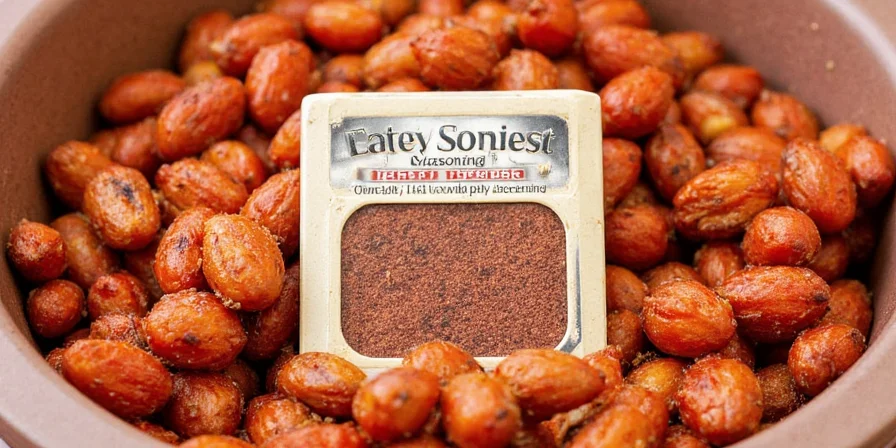









 浙公网安备
33010002000092号
浙公网安备
33010002000092号 浙B2-20120091-4
浙B2-20120091-4